Google AdWords can be one of the most complicated PPC platforms out there.
There are hundreds of different tabs and sections to focus on, and a thousand more metrics to worry about.
On top of that, the settings and bidding options can tie you up for hours.
You could potentially spend hours on AdWords every single day and barely make any progress on optimizing or setting up a campaign.
But you can’t give up on it. AdWords is king when it comes to search network advertising.
In fact, businesses make an average of $2 for every $1 spent!
It’s one of the fastest ways to drive new sales on your website.
The search network has high intent when it comes to purchasing.
Which means if you are driving clicks, you will likely be driving tons of sales, too.
It’s a cheap and effective way to bring in extra revenue and sales.
But the difficulty of it tends to drive marketers away fast. Spending hours on the platform every single day to grow your business isn’t an option.
Thankfully, there are a few indispensable AdWords tricks that you can implement to save yourself time.
Here are 5 Google AdWords tips that you need to know and use right now.
1. UTM tracking for better data
Let’s first start with UTM codes and tracking. They can be a lifesaver for your campaign and subsequent analytics.
It’s the easiest way to ensure that you’re tracking everything you can.
First, consider the following three questions to figure out if you need to get going on UTM codes today:
Which campaign is driving the most traffic on your site?
Which campaign has a longer average time on site?
Which campaign has a higher bounce rate?
If you don’t know the answers to these, then it’s time for UTM codes.
So, what is a UTM code?
Here’s an example:
Essentially, UTM codes are used to track hits on your URL or landing page so that it doesn’t show up as simply paid search in Analytics.
Instead, you can track everything from keywords to campaigns.
Here’s the definition, according to Google:
Pretty self-explanatory, right?
And Google is so helpful, they even show you UTM codes. Here’s what the UTM codes will look like in your Analytics Dashboard once you’ve set them up:
This is the best way to easily track specific campaigns to see how they are driving traffic and how that traffic behaved on site.
It can help you understand which campaigns are more receptive to your content, which audiences worked, and which didn’t.
The data you get from these trackers is vitally important to the success of your AdWords campaigns.
If you are targeting a keyword that is driving tons of clicks, you can see what visitors’ on-site behavior is like and whether or not they are turning into conversions.
You can also see if that traffic is bouncing immediately or staying to read the entire landing page.
If you’re ready to get started with UTM tracking today, it’s incredibly easy.
We can begin by using the Google Analytics UTM Developer Tool:
Here you want to make sure to hit the four main fields.
- Landing page
- Source
- Campaign name
- Keyword
In the first box, simply paste in your landing page URL.
Next, mark the campaign source as “AdWords.”
Set the campaign name as your AdWords campaign or Ad Group and then add one of your keywords.
Next, repeat this process for all your keywords and campaigns.
If you want to add more parameters, the site gives you more information on what you can add:
Once you’ve created a new batch of UTM links, it’s time to add them into AdWords.
There are a few ways to do this.
The first way is to simply add each URL as your “Final URL” in each AdWords ad.
To get started, click on an existing ad that you are running and paste your new code as the “Final URL”:
If you want to save a bit of time, you can actually add UTM codes to an entire campaign or account.
Here’s how:
First, head to your “Shared library”:
Next, head down to the “URL options” tab and click “View”:
Now, enable “Auto-tagging.” From here, you’ll want to set up the “Tracking template” that will apply to our campaigns:
With this auto-tagging tool, you can set up tracking templates for almost anything.
For example, a basic keyword tracking template would look like this:
Or you can track the device, too:
The options are almost limitless, and you can add multiple tags in the template.
Setting up your UTM codes will get you a more accurate picture of where your traffic is going and how they interact on site.
It will save you countless hours of data inspection and give you a much better picture of how different campaigns perform.
2. Close any gaps with offline call tracking
With easy scripts to set up, AdWords is great for conversion tracking.
Like when someone lands on your landing page and converts.
They get directed to a thank you page and it’s recorded in AdWords for you to see.
But what happens when you drive tons of phone-call conversions?
How do you track what happens when they occur offline?
For example, I’ve worked with tons of marketers who dominate AdWords with phone-call conversions:
But how do you know if any of these 338 call conversions actually converted?
Where on Earth did they actually come from?
What campaign drove the calls? What landing page?
But just like with UTM codes, you want to track everything.
If you don’t know the catalyst that drove the phone call, it’s more or less a guessing game.
And AdWords gives you some of the worst call data:
To view your call data, head to your “Dimensions” page under “Call details.”
And all you get is start and end time of the call, call duration, area code, and call type.
These aren’t exactly actionable metrics.
So what do you do when you have hundreds of calls and no idea where they came from?
You use call-tracking applications like CallRail.
CallRail is one of the best applications for tracking everything about your offline calls.
It’s the solution to the missing link between AdWords and calls. Now you can track what drove those call-based conversions.
CallRail will track everything, just like a UTM code.
Here’s what your dashboard will look like:
You can tell what keywords are driving the most calls.
You can see what campaigns are working the best, and what landing pages are converting.
It’s the best way to quickly track your offline conversions.
3. Set up custom audiences for remarketing
Lots of marketers that I work with tend to stick with the search network when it comes to AdWords.
Why? Because the search network has high intent.
When people are actively searching for keywords like “red basketball shoes,” they have a desire to purchase.
They are coming ready to buy and simply looking for the best place to do so.
Compare that to display ads, when someone sees a banner ad while not actively searching for products.
They most likely won’t click, right?
Yes and no.
Yes because they aren’t searching for your product, but no because the audience targeting is off.
AdWords lets you run diverse audience-based campaigns, yet most people aren’t taking advantage of them.
Many marketers think that Facebook is the only way to target diverse audiences.
But AdWords has great options for remarketing, too!
To get started, head back to your Shared library:
From here, navigate to the Audiences tab:
You can set up tons of different custom audiences to put your remarketing on autopilot.
To get started, click the “+ Remarketing List” button to create new audiences based on website visits, mobile app users, email lists, or YouTube users:
For example, let’s create a remarketing list based on past website visitors.
Here, you have tons of different options for specific audience targeting:
You can create diverse audiences based on hyper-specific actions like dates, specific page visits, and more.
One of my favorite audience types involves targeting multiple touch points on my site:
Here, I am targeting people who have visited my landing page initially and then visited my pricing page later.
This tells me that they are primed and ready to convert.
They liked my landing page enough to come back again and visit my pricing page.
This means that they clearly are showing high interest levels!
Targeting this audience will help you easily convert visitors who didn’t convert the first or second time around.
Remarketing should be one of the most-used tools in your PPC toolbox.
And creating custom audiences in AdWords is a great way to boost your conversions and drive massive sales for cheaper costs than the search network offers.
It’s one of my favorite Google AdWords tricks to start increasing sales fast.
4. Set up single keyword ad groups
There are a lot of moving parts to AdWords, which can make it a complicated tool.
Even the setup process for a first time AdWords user is confusing despite being given step by step instructions!
And unfortunately, Google sets you up for failure when creating your first campaigns.
They direct you down the wrong path the moment you start.
Let me give you a quick example to show you what I mean.
When you start setting up an AdWords campaign or account, Google asks you to select a bunch of keywords for your ad:
In doing this, your ad will show for every single keyword in this group.
But it also means your ad will not be relevant for half of them.
For instance, there’s no possible way to target an ad for content marketing and a content marketing agency at the same time.
You risk lowering your quality scores by doing this.
And that means a higher CPC:
Let me give you another example.
Do your current AdWords ad groups look like this?
Are they filled with tons of keywords that aren’t specifically related?
For example, someone searching for “mouse exterminator” is looking for a vastly different service than someone searching for “termite control.”
So when you create an ad, you can’t offer a good value proposition for both that is specific enough to drive conversions.
Take a look at this ad. How is it supposed to target all of those keywords?
It’s not specific enough.
People aren’t going to click on this when the next ad directly states, “mouse exterminator.”
People searching on AdWords want specific results. They want to know exactly what they will be getting when they visit the landing page.
You can’t risk having unspecific ads that target countless keywords.
Instead, you need to start producing single-keyword ad groups.
Here’s what your ad groups will look like with single-keyword ad groups:
That’s it. Those are the only keywords you should have in any given ad group.
But aren’t they all the same keyword? Not exactly.
They are keyword variations with different match types:
Modified broad = +keyword
Phrase match = “keyword”
Exact match = [keyword]
Here is a great example table that perfectly explains what type of searches these keywords will show up for:
The 3 keywords you should focus on for this type of account structure are broad match modifier, phrase match, and exact match.
This is one of the best ways to increase cheap sales on your AdWords accounts by driving more relevant search clicks.
5. Optimize for mobile traffic
In today’s smartphone-saturated culture, it’s no wonder that mobile traffic is on the rise.
In fact, as of 2016, mobile traffic has actually surpassed desktop-based traffic:
So if you aren’t optimizing your AdWords campaigns for mobile, you risk losing out on tons of high-quality traffic.
Since mobile traffic is continually growing, solely targeting desktop-only traffic is risky for your business.
To combat this change, you need to optimize your ads for mobile.
One of my favorite mobile optimization techniques is adding sitelink extensions to your mobile-based ads.
For example, check out this awesome ad from Branders.
Notice how they have multiple sitelink extensions that can help increase CTR?
When someone is browsing on mobile, they don’t have time to stop what they’re doing and search on your site.
They need the information now.
If you can’t deliver it fast enough, people won’t click.
Mobile traffic is in the moment.
Let’s say you are walking down the street and you see someone with an awesome jacket.
You ask them where they got it, do a quick Google search for it, and inspect immediately.
If your site is advertising, you need to deliver it ASAP!
Your sitelink extensions should be one of your go-to strategies when trying to convert more mobile searchers.
To get started, head to your AdWords account, navigate to “Ad extensions,” and click on “Sitelink extensions:”
Next, add an extension:
Here, you can start to add your URL and specific link text.
For example, “SEO e-book” could be your link text, and you could drive sales to it with a direct, final URL:
When optimizing for mobile, make sure to select mobile as your “Device preference.”
That way, the sitelink extension will mainly show up for mobile traffic.
Sitelink extensions are the easiest way to optimize more clicks on mobile.
Besides simply targeting to mobile device users, you need another way to optimize sales.
Just targeting to a mobile audience won’t drive sales.
But going that extra step will help you convert interested mobile traffic.
Conclusion
Google AdWords is one of the best, yet most complex PPC platforms out there.
If you want to customize and build a campaign, it offers seemingly unlimited options.
And it gives you tons of metrics to evaluate.
All these options mean that you could easily spend hours every day setting new and adjusting old campaigns.
Do you have this kind of time? No. But does AdWords work? Absolutely.
You need it. It’s great for driving fast, high converting traffic to your website.
AdWords has a great ROI for any business looking to increase sales.
So don’t get discouraged by the platform or get hooked into spending too much money on it.
Yes, optimization is tough and takes years of work to master.
Thankfully, I picked up a few tips over years of trial and error. Take these tips and run with them.
Start by setting up UTM codes for your campaigns. It’s the best way to track everything about your traffic.
Next, close any gaps in your AdWords conversions with call tracking. You need to know where those offline calls originated from to understand what campaigns are working.
Set up custom audiences for remarketing to bring back cheap conversions that you missed.
Create single-keyword ad groups for better quality scores.
And lastly, optimize for mobile traffic.
Using these tips should save you hours and allow you to reap the AdWords rewards.
What are some indispensable Google AdWords tricks that have worked for you?


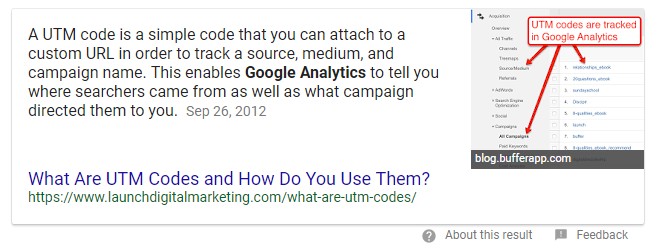
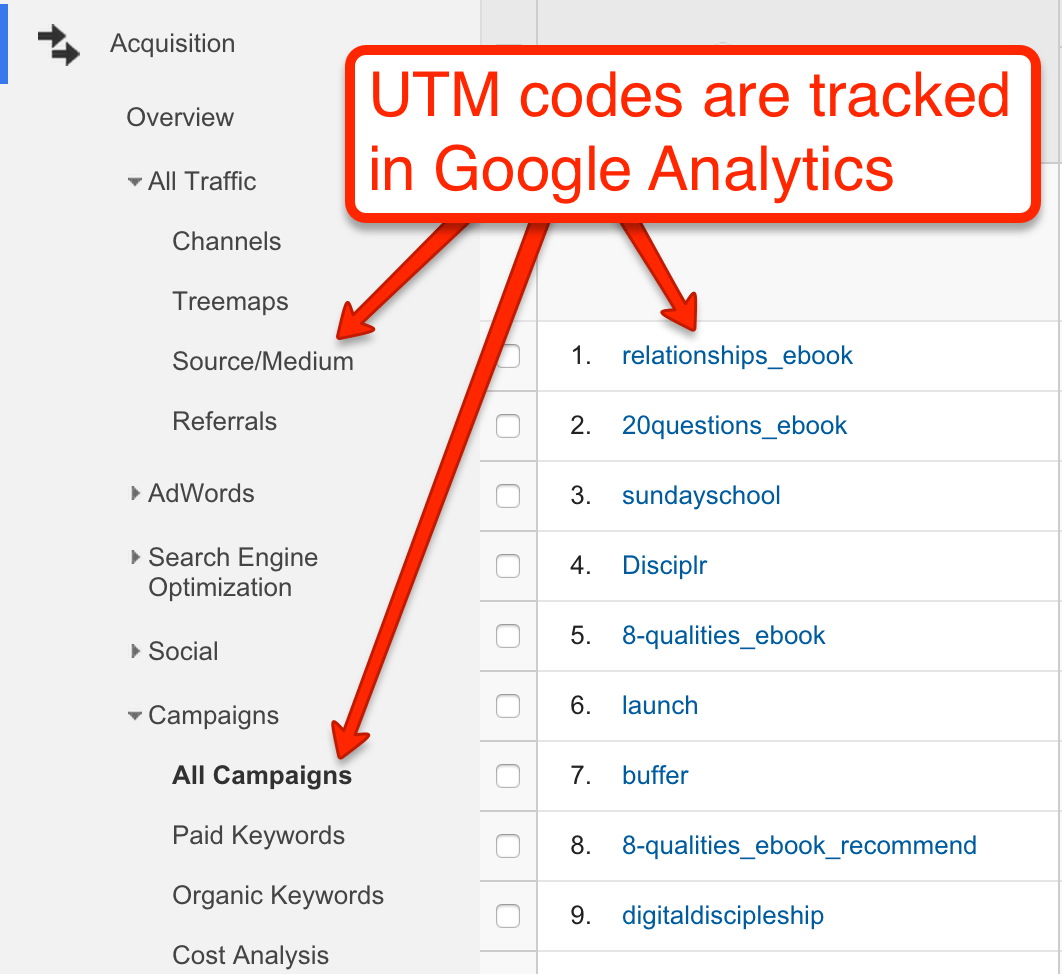
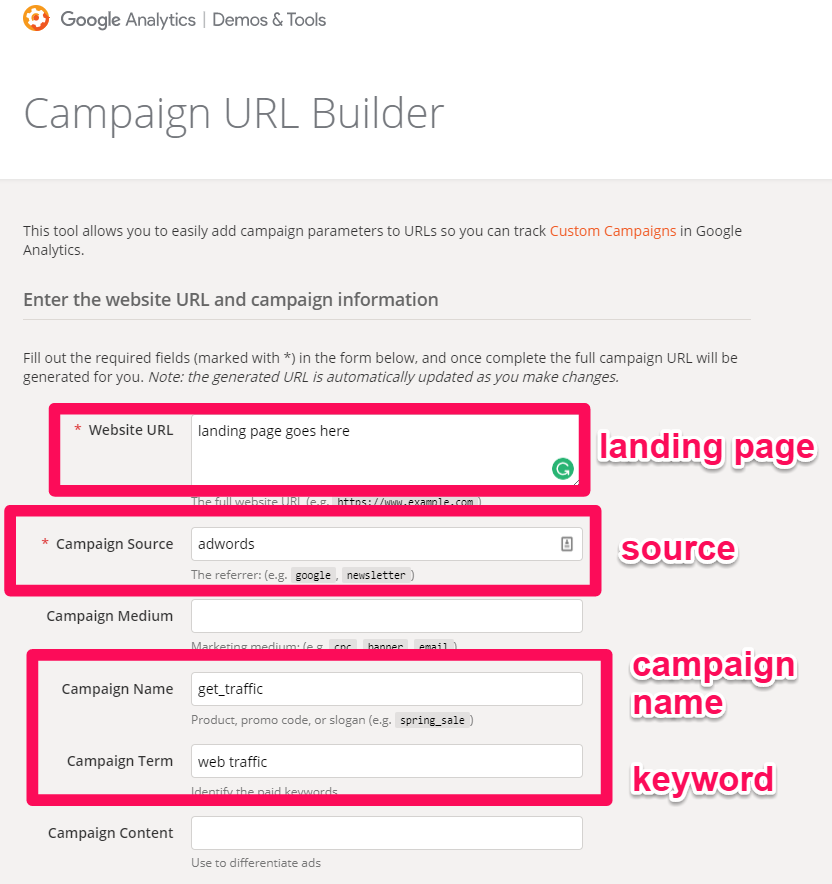

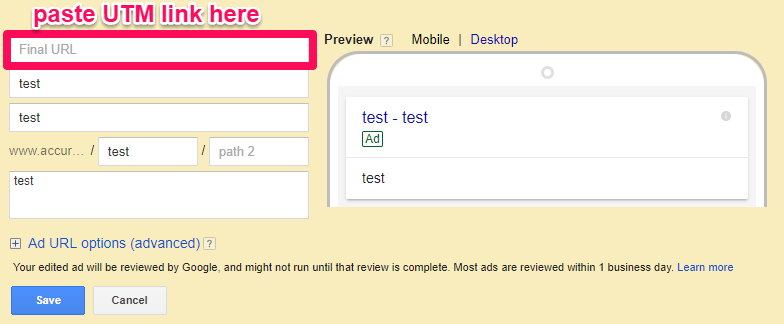
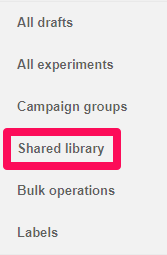
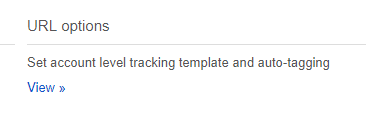







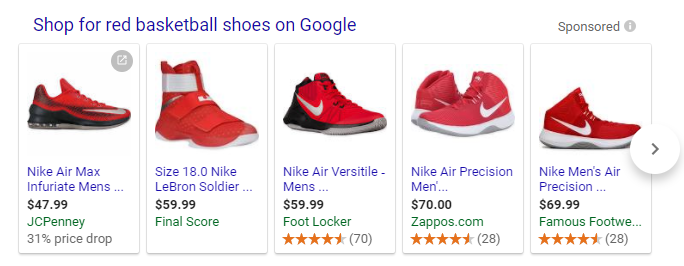
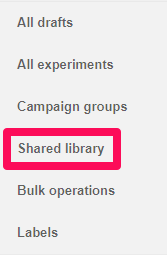

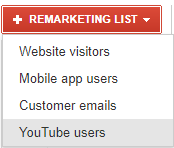


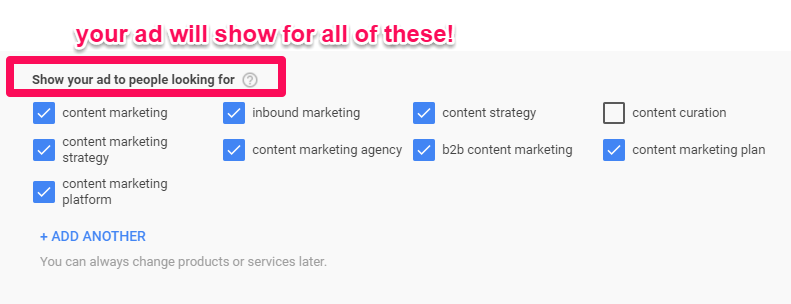
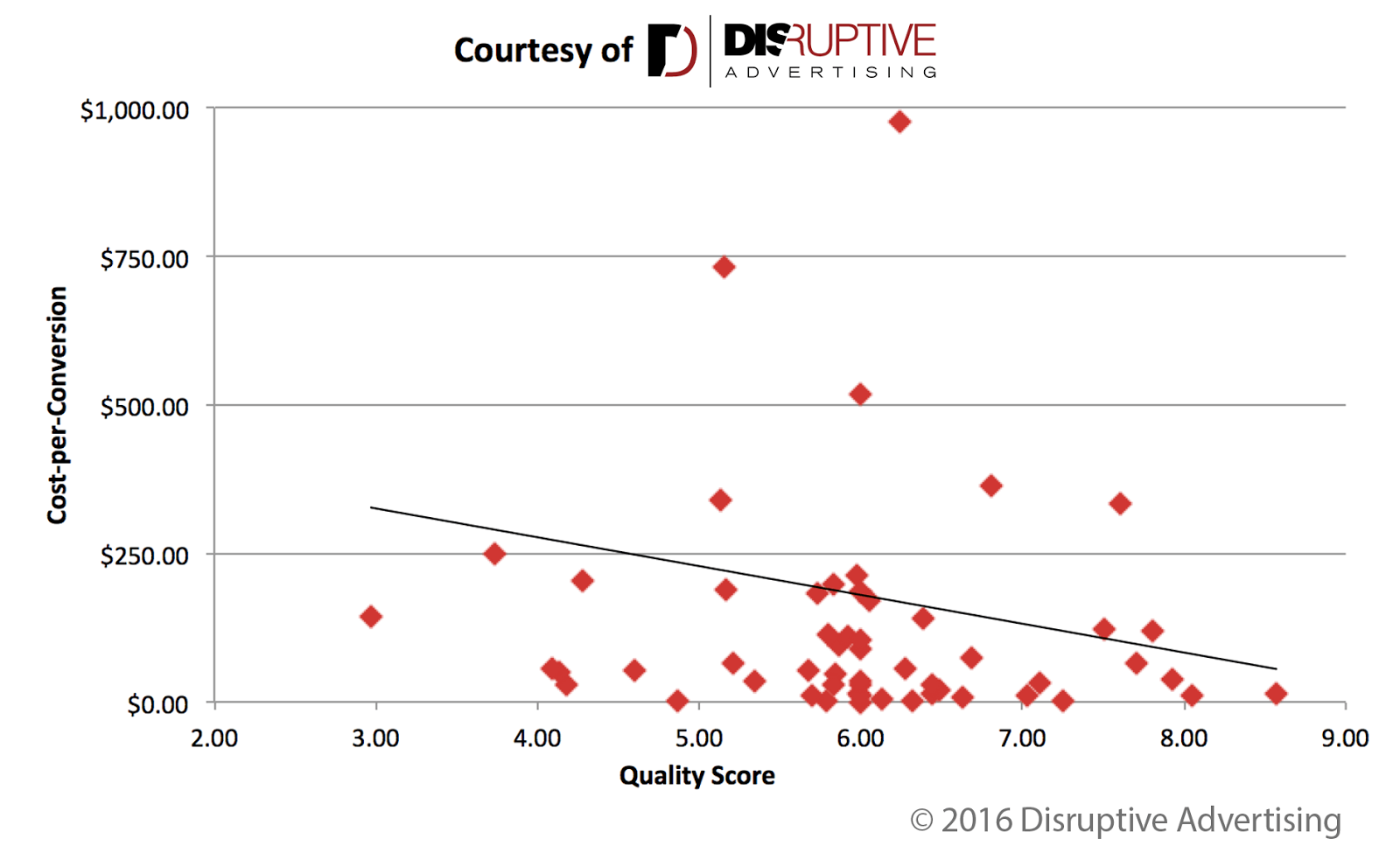
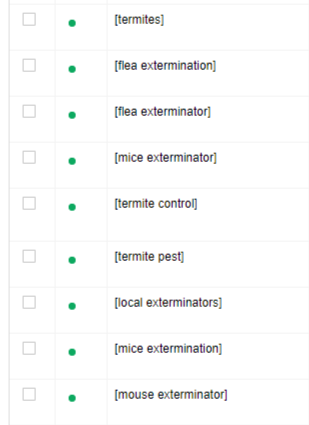

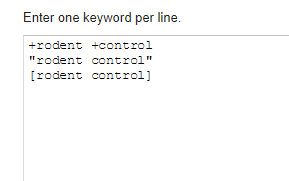
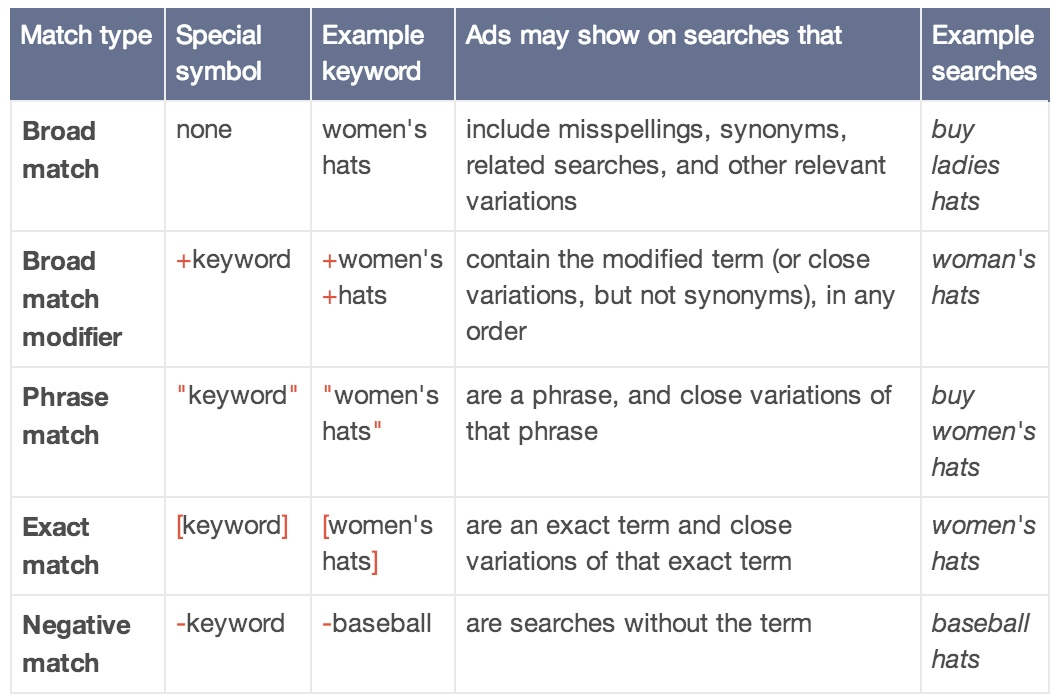
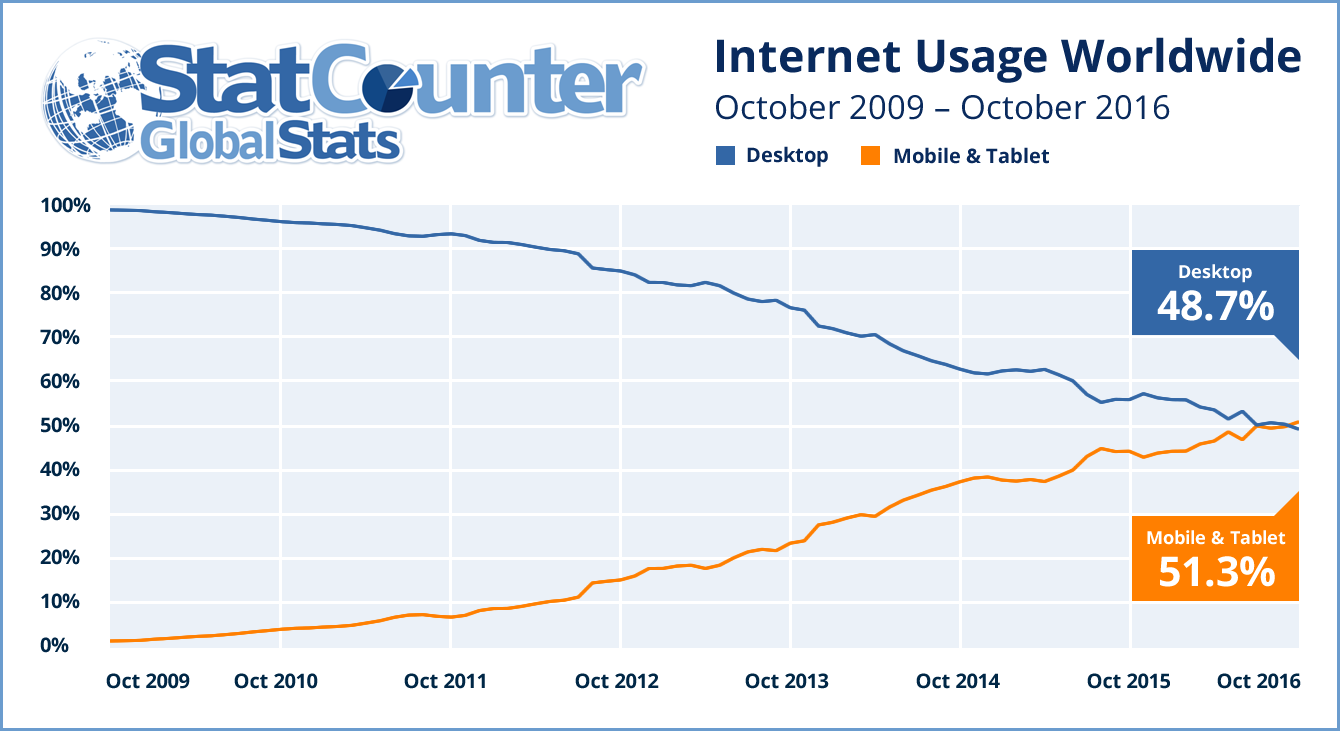



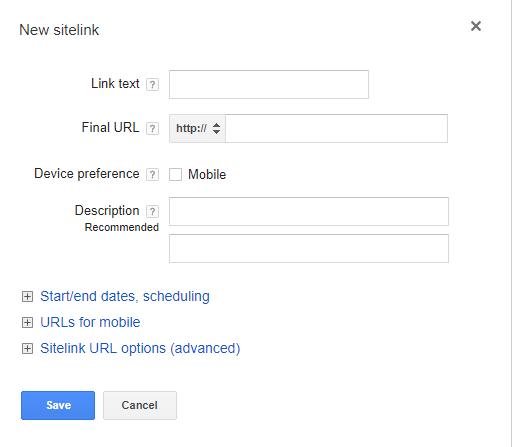
Comments (18)